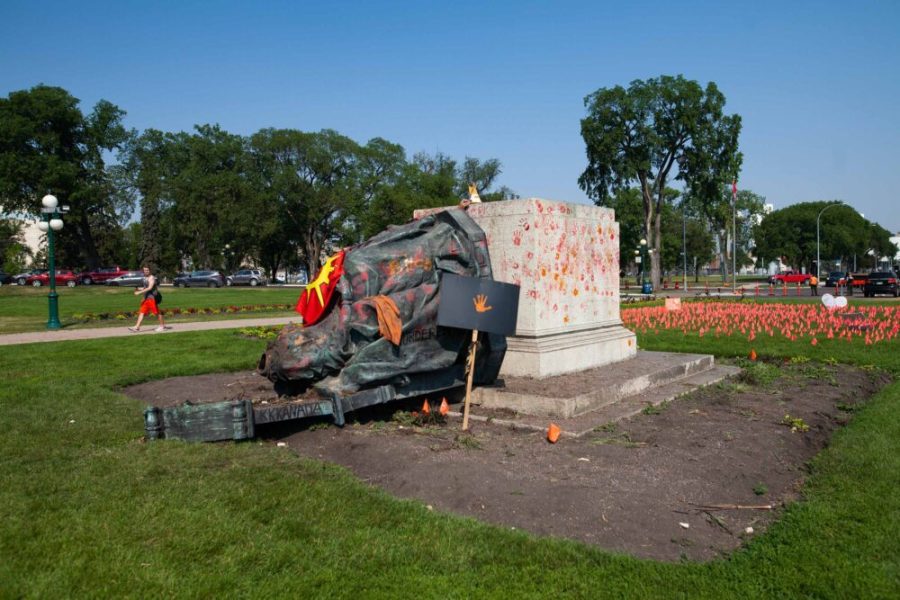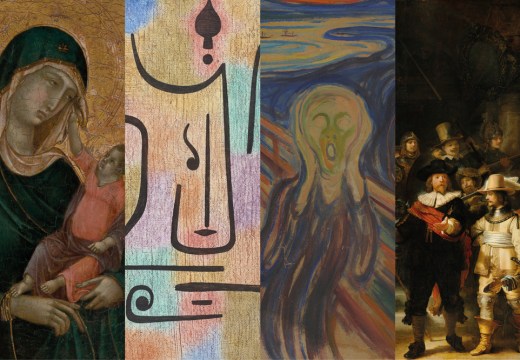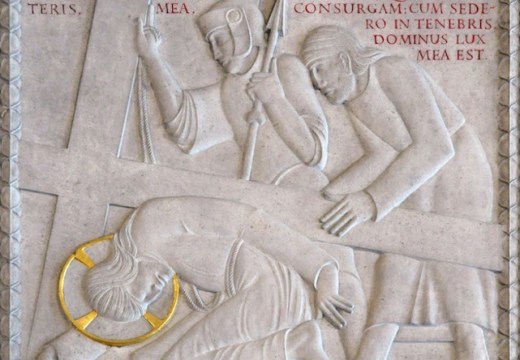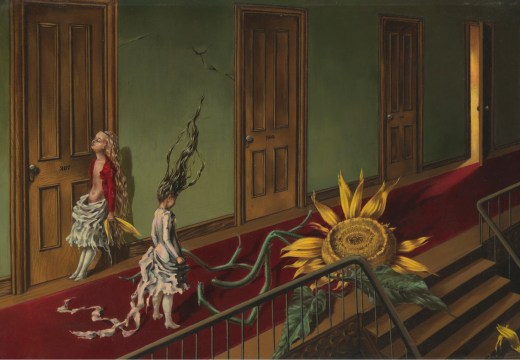Statues of Queen Victoria and Elizabeth II in Winnipeg were toppled during on Canada Day on 1 July, reports the Globe and Mail. During a rally over the deaths of Indigenous children at residential schools and the recent discovery of mass graves in British Columbia and Saskatchewan, protestors brought down the two statues that stand outside the Manitoba legislature. The Globe and Mail reports that the Grand Chief of the Assembly of Manitoba Chiefs, Arlen Dumas (who was elsewhere at the time), said he personally wouldn’t have participated in the acts, ‘But it’s actually a symbol of the fact that there is a lot of hurt.’ Manitoba Premier Brian Pallister said, ‘Those who commit acts of violence will be pursued actively in the courts.’ After the discovery of the mass graves of children at the sites of former residential schools, Canada Day events were cancelled or scaled down this year and other statues around the country have been targeted, with a statue of Queen Victoria in Kitchener, Ontario being daubed in red paint and one of Captain Cook being thrown into the harbour in Victoria.
On Tuesday, the US House of Representatives voted to remove all Confederate statues in the Capitol Building from public view and return them to the states that had presented them. The bill, which passed 285–120 with the support of all the Democrats and 67 Republicans, proposes the removal of not only Confederate figures but also white supremacists such as Charles Brantley Aycock, John Caldwell Calhoun and James Paul Clarke, who served in the US government. When the House Majority Whip, James Clyburn, presented the bill introduced a similar bill in 2020 (which passed in the House, but subsequently fell in the Senate), he said he was ‘not for destroying any statue’. Instead, Clyburn urged, ‘Put them where they can be studied, put them where people will know exactly who and what they were, but do not honor them. Do not glorify them.’ The new bill will now pass to a vote in the Senate.
Museums in Berlin may return Benin Bronzes as early as next year, reports the Art Newspaper. The trustees of the Prussian Cultural Heritage Foundation have authorised its director Hermann Parzinger to negotiated return of items looted from the royal palace of Benin by British troops in 1897, ‘regardless of the circumstances in which they were acquired’. The board’s decision follows the agreement of German museums and the government to develop a consistent approach as some 25 institutions hold artefacts from Benin. The board has requested to see a detailed timetable for returns at its next meeting.
The Dutch government has announced an inquiry into Nazi-looted in the national holdings, reports Artnews, with the ‘aim to return as much as possible of the art looted by the Nazis during the Second World War to its rightful owners’. In the past, works have been returned to heirs of the original items who have made claims, but it is possible that they could be returned without claims having to be made. Ingrid van Engelshoven, the Dutch minister for education, culture and science, said, ‘This is an important step forward in our thinking around restitution policy.’ More than 3,000 plundered items came back into the country after the Second World War and are held in the Netherlands Art Property Collection.
James Cuno has announced that he will be retiring as the president and chief executive of the J. Paul Getty Trust. Cuno, who took up the post in 2011, said that ‘It has been my honour to serve this tremendous organisation, and to pay a small part in expanding its mission to broaden and deepen our understanding of the human experience through the visual arts.’ During his ten-year tenure, Cuno oversaw the administration of an organisation consisting of four major programmes: the Getty Museum, Getty Conservation Institute, Getty Research Institute and Getty Foundation – while initiatives such as the Getty Medal, the LA Arts Recovery Fund and the Getty Research Institute’s African American Art History Initiative were also launched. An international search committee will pick Cuno’s replacement and he will stay in his post until his successor is appointed.
On Monday, Greek police announced the recovery of three works, stolen from the National Gallery in Athens in 2012. George Sarmantzopoulos, a 49-year-old construction worker, confessed to stealing Picasso’s Head of a Woman (1934), Mondrian’s Stammer Windmill (1905) and a 16th-century drawing by Guglielmo Caccia, and led the police to a ravine about 35km south-east of Athens, where the works were hidden. Kathimerini reports that Sarmantzopoulos stole the paintings entirely by himself and was motivated by his love for the works in question. In his confession, reports the Art Newspaper, Sarmontzopoulous said: ‘I am deeply regretful. I declare my complete remorse. I know I will be punished but I ask for leniency.’
Unlimited access from just $16 every 3 months
Subscribe to get unlimited and exclusive access to the top art stories, interviews and exhibition reviews.














![Masterpiece [Re]discovery 2022. Photo: Ben Fisher Photography, courtesy of Masterpiece London](http://www.apollo-magazine.com/wp-content/uploads/2022/07/MPL2022_4263.jpg)






